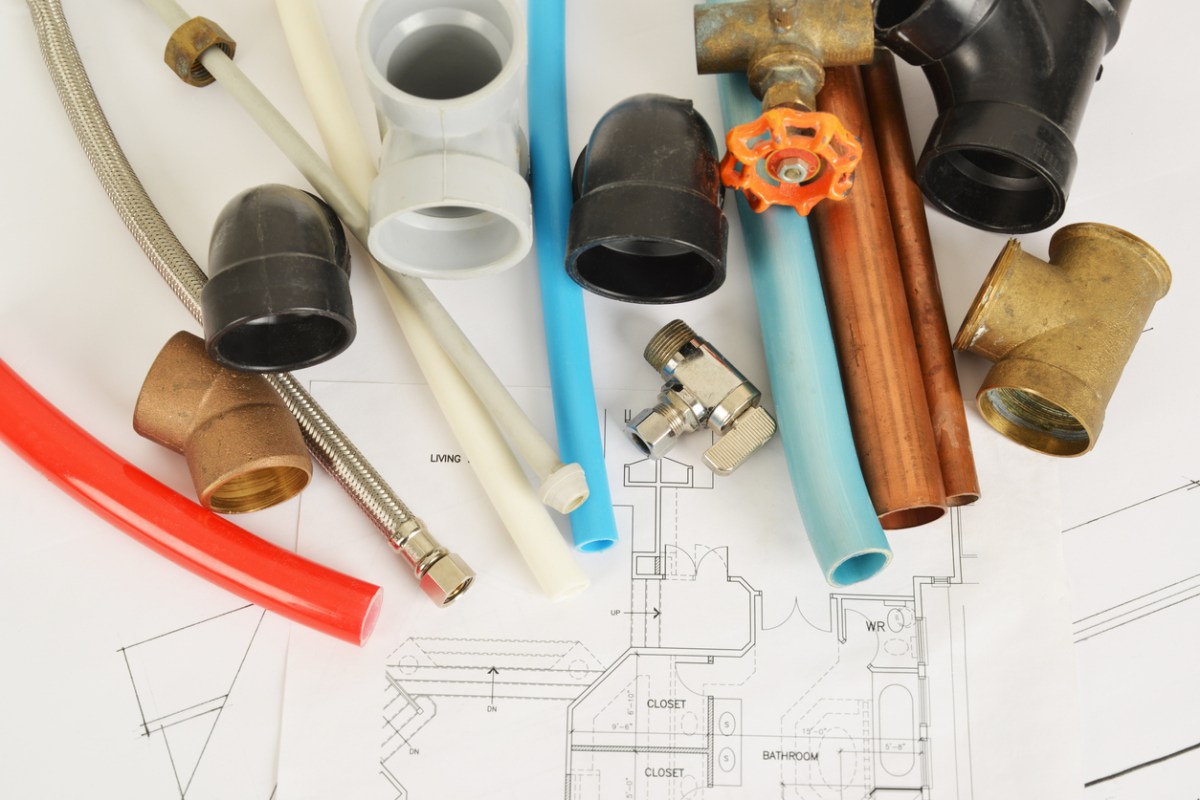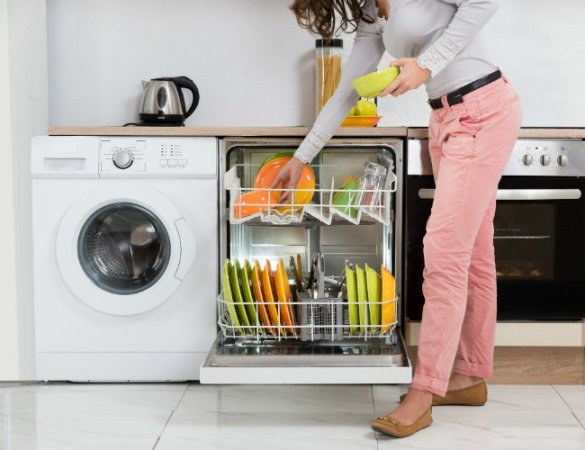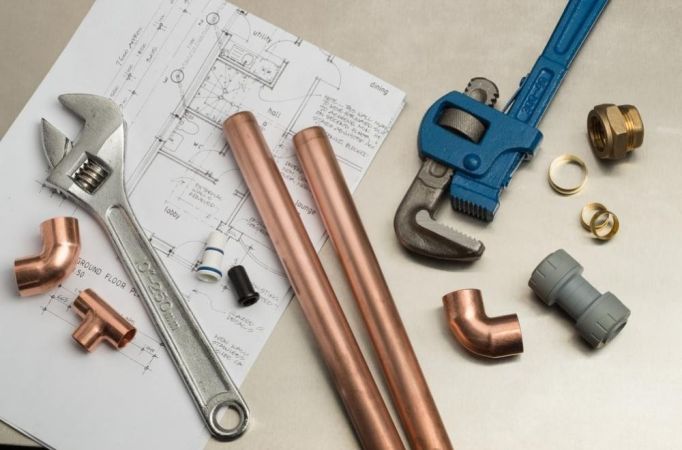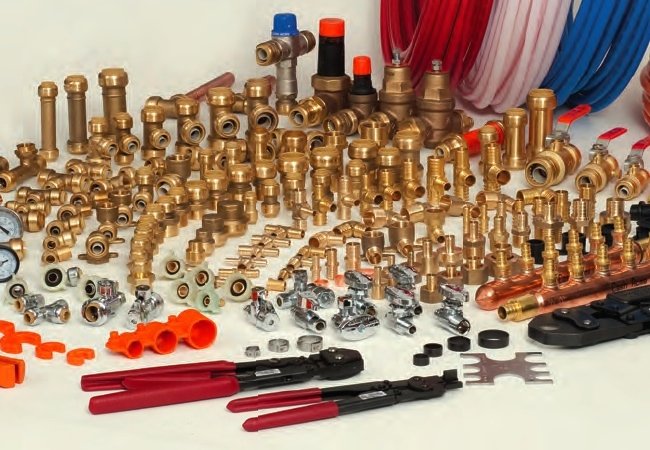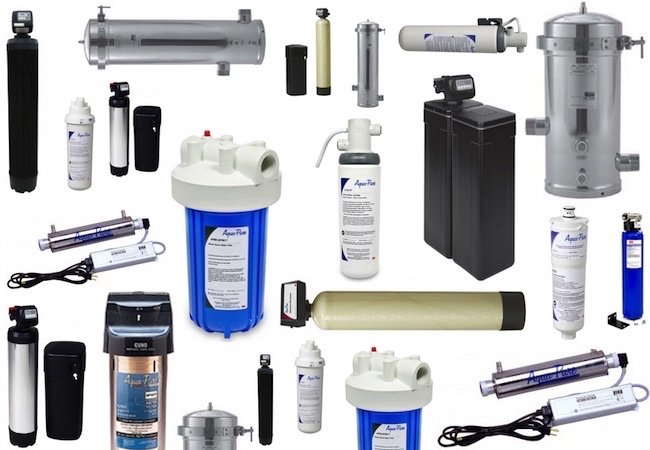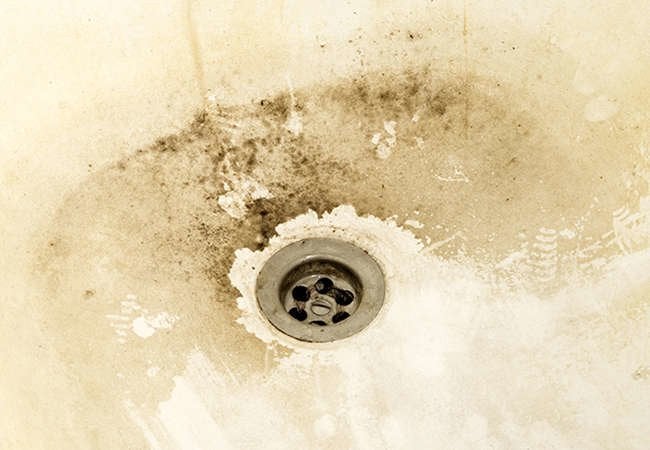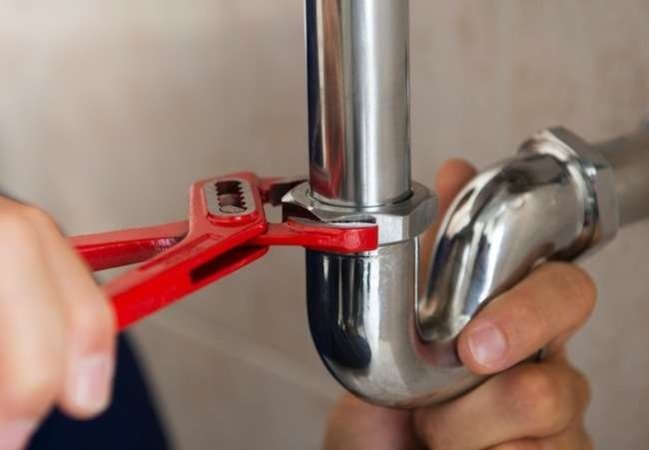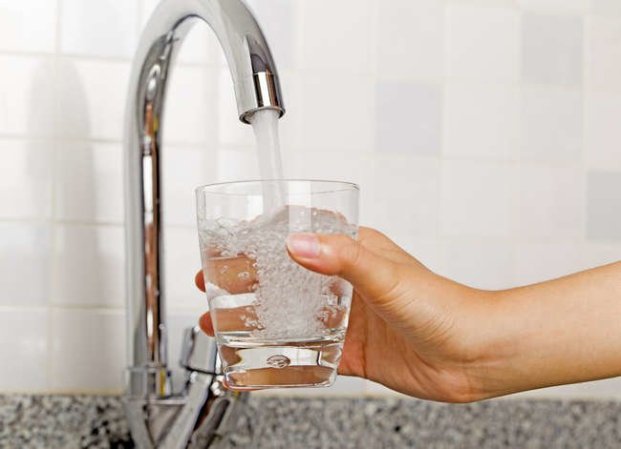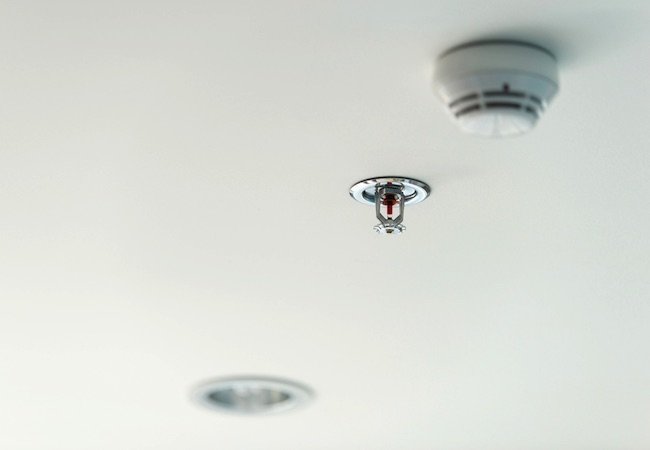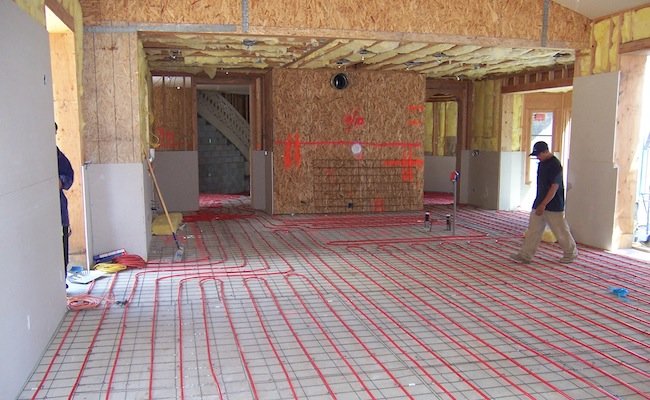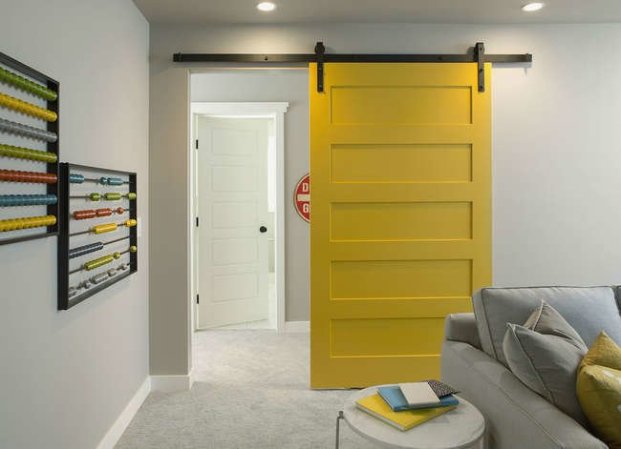We may earn revenue from the products available on this page and participate in affiliate programs. Learn More ›
This content has been brought to you by SupplyHouse. Its facts and opinions are those of BobVila.com.
Plumbing has come a long way from the clay pipes used in ancient Greece to supply water and carry sewage away. Today, a variety of materials are used in pipes that supply hot and cold water to every fixture in a house and also create a vital drain and vent system. Five types of pipe—PEX, PVC, ABS, copper, and galvanized—are commonly found in houses these days, both older homes and new construction.
But not every pipe is suitable for use in all situations, nor are all types up to code. “Building codes set forth measures that should be adhered to, not only to ensure public safety but also to protect from property damage,” says Daniel O’Brian, technical expert for online plumbing retailer SupplyHouse.com. Ahead, O’Brian identifies the typical uses for each type of pipe and explains why certain pipes are better suited than others for specific plumbing projects.
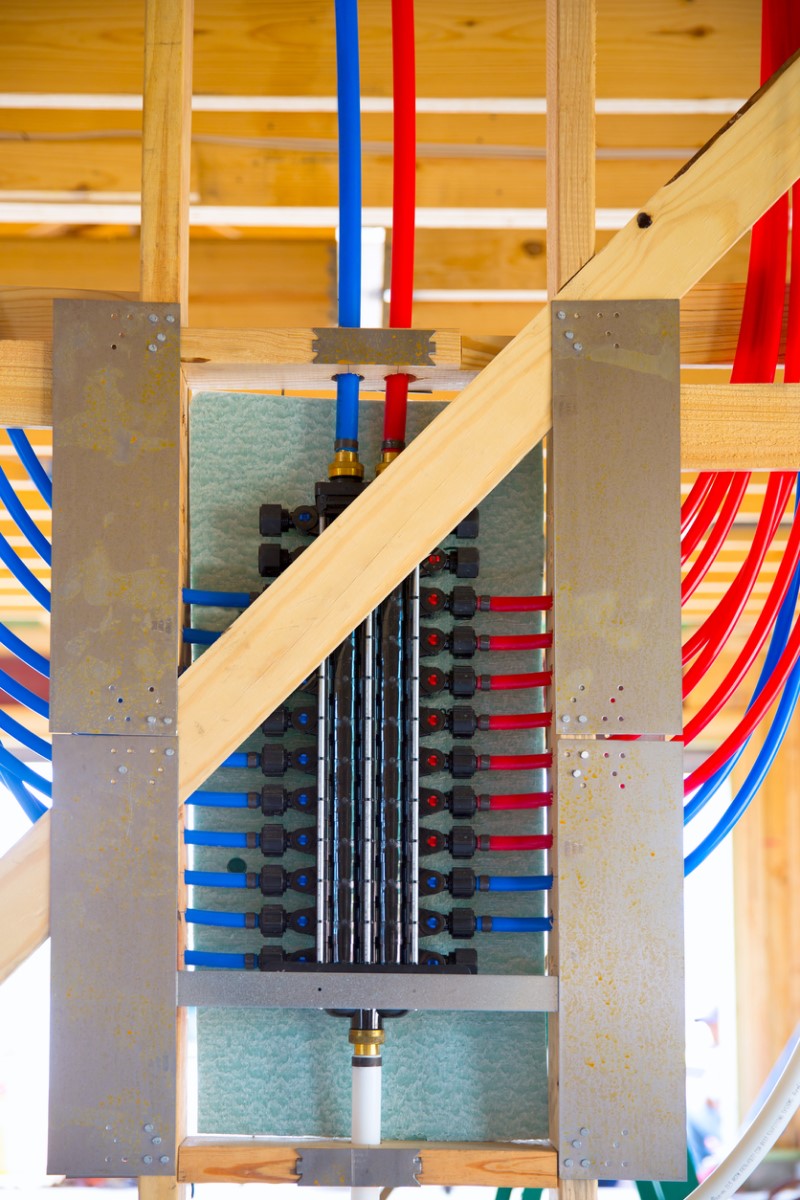
1. TYPE OF PIPES: PEX
Commonly Used For: Water supply lines
Polyethylene cross-linked pipe (PEX) is an affordable plastic tubing that’s popular for water supply lines because it doesn’t leach traces of rust or corrosion into the water as some other types of pipes (for instance, galvanized) have been known to do. It is also simple to install. “Its physical flexibility makes it easy to work with and maneuver compared with more rigid PVC pipe,” O’Brian explains, “and the ability to use several connection methods allows it to work with a variety of tool options.” Its color-coded construction is another plus for keeping plumbing organized. PEX tubing, such as Uponor AquaPEX Tubing (available from SupplyHouse), comes in three colors: red for hot water, blue for cold water, and white for either hot or cold water.
While traditional water supply lines branch off a main water line and can supply water to a number of fixtures, a single PEX tube attaches directly to a hot or cold faucet while the other end connects to a centrally located water distribution manifold, such as these Viega MANABLOC Manifolds (available from SupplyHouse). The benefit of a manifold is that each PEX tube has its own shut-off valve, so you can easily turn the water off to a sink faucet when you need to make repairs without turning the water off to other fixtures. A single PEX tube that runs from the manifold to a fixture is called a “home run” connection.
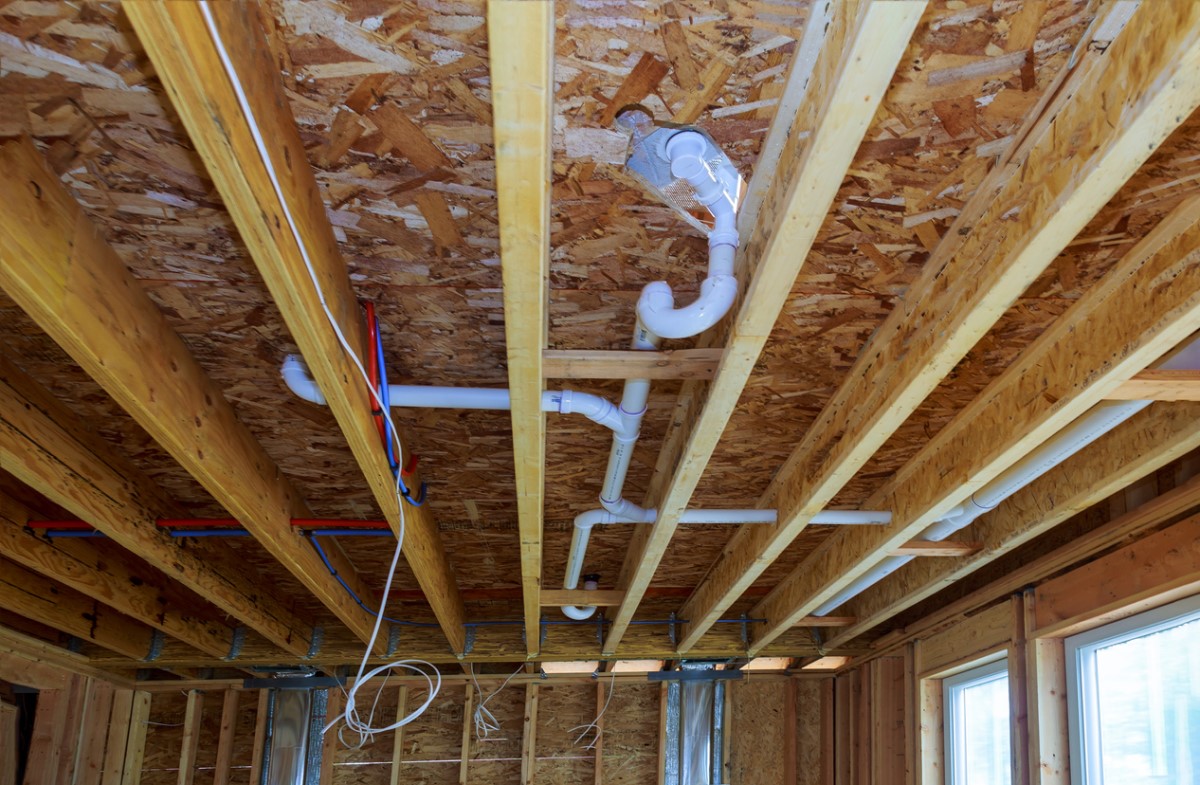
2. TYPE OF PIPES: PVC
Commonly Used For: Drain, waste, and vent pipes
Pipe made from polyvinyl chloride (PVC) is often used in a home’s sewage system. “DWV is a type of PVC pipe that is used in Drain, Waste, and Venting systems,” O’Brian says. “It should be used in applications with low-temperature and low-pressure needs,” meaning it’s ideal for a toilet’s drain line, but it’s not suitable for highly pressurized water supply lines or for carrying hot water.
You typically find three-inch and four-inch PVC pipes and connections, such as this PVC DWV 90-degree Elbow Fitting (available from SupplyHouse), in main drains and in a home’s main vent stack. Smaller PVC pipes, up to three inches, are often used for sink drains and plumbing vents to prevent air locks in drainage pipes.
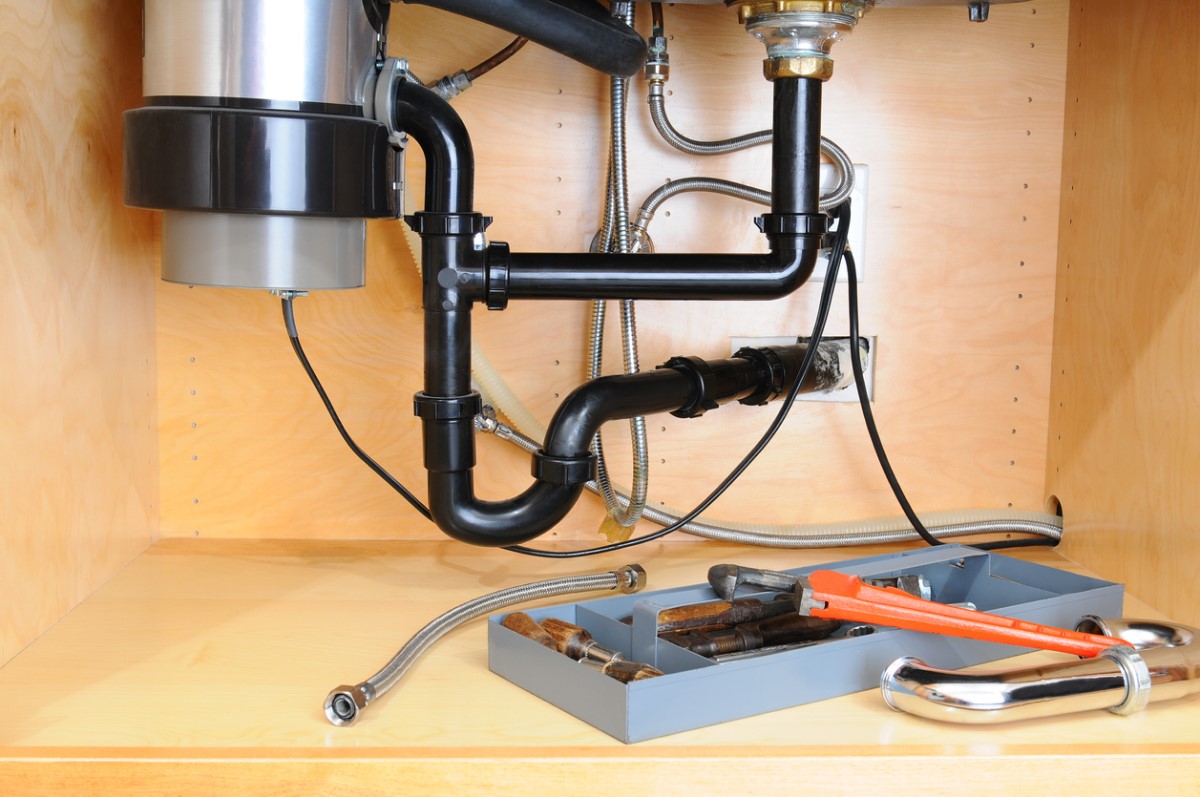
3. TYPE OF PIPES: ABS
Commonly Used For: Drain, waste, and vent pipes
If you come across a black pipe in a sink, tub, or toilet drain, it’s probably made from acrylonitrile butadiene styrene (ABS). “ABS is another material typically found in DWV systems, and it works in a similar fashion to PVC,” O’Brian says. Not surprisingly, ABS pipe comes in the same sizes as PVC pipe. These days, however, it’s a bit less popular in new construction than it once was. “It’s slightly more durable in high-impact occurrences than PVC but cannot be exposed to direct sunlight.” A variety of ABS pipes and components, such as this Nibco P-Trap (available from SupplyHouse), can be used to make repairs to existing ABS drain, waste, and vent systems.
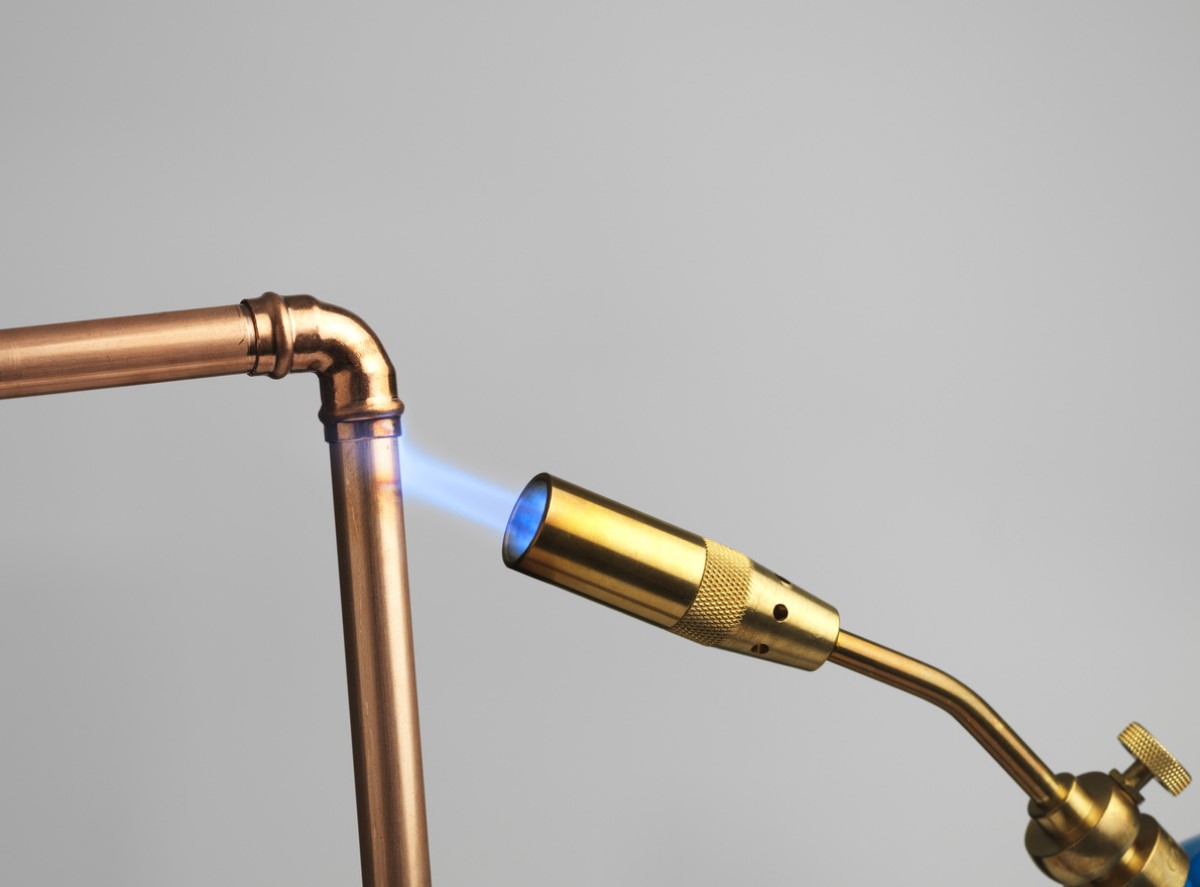
4. TYPE OF PIPES: Copper
Commonly Used For: Water supply lines
Copper pipe has been in use for decades, so you’ll find it around sinks, showers, tubs, and other fixtures in older and newer homes alike. It continues to be a favorite for water supply lines because the metal does not affect the quality of the water.
The biggest caveat with copper plumbing, such as this ½-inch Straight Copper Pipe by Kobe Wieland (available from SupplyHouse), is that its installation requires a propane torch—quite the opposite of DIY-friendly. “If not enough heat is applied [at the joints], the solder won’t flow into the joint to make a proper seal,” O’Brian explains. “Yet, too much heat can also inhibit proper sealing of the connection.” You need to hire a professional plumber to install or make repairs to copper pipes in your home.
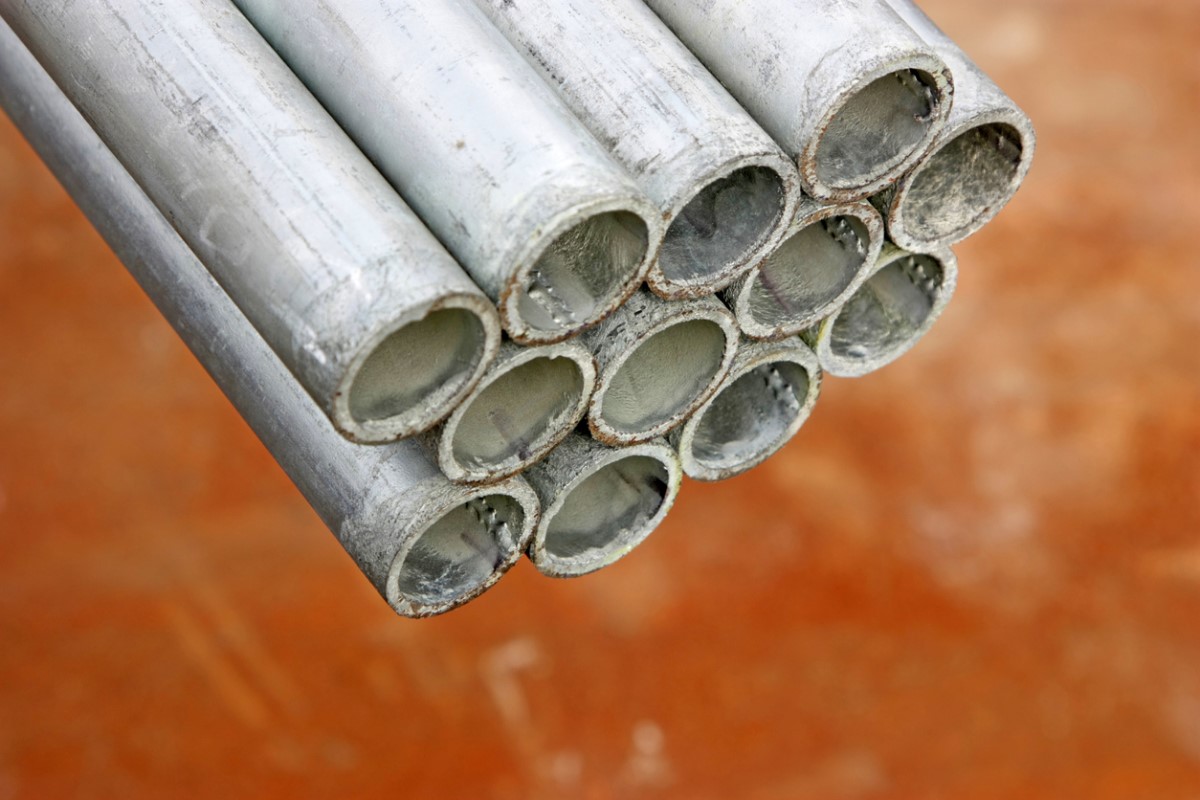
5. TYPE OF PIPES: Galvanized
Commonly Used For: Water supply and drain lines in older homes
Although galvanized pipe isn’t used in new construction anymore, it was once widely used and can still be found in many older homes. “Galvanized pipe was a great option to go with when lead pipe was still in place, since it provided a lead-free alternative,” O’Brian says. If your home has galvanized drain and waste pipes, you can find replacement pipes and fittings, including galvanized elbows and tees, at SupplyHouse.
Over time, galvanized pipes have a tendency to rust. So, if your home has galvanized water supply lines, it’s a good idea to retrofit them with copper or PEX lines to ensure clean and clear drinking water. In a retrofitting situation, PEX is often preferable because, as explained above, the tubing is flexible, which makes it easy to fish through spaces inside the walls without having to remove drywall.

